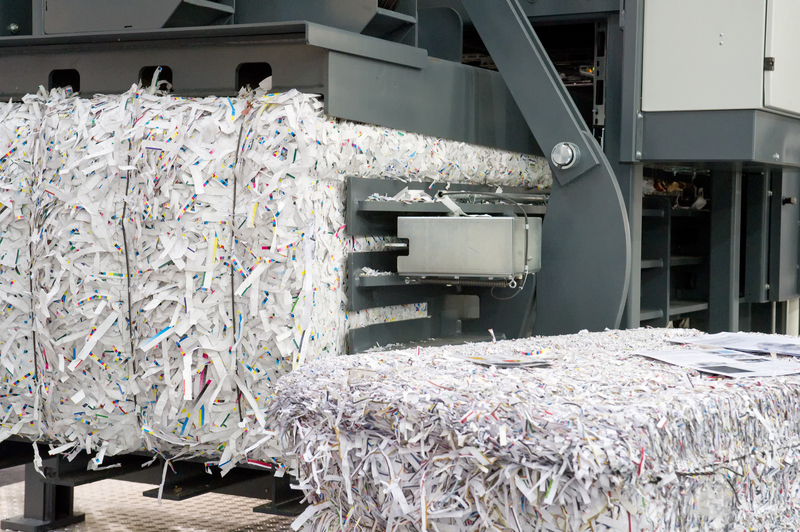Exploring Solutions: Can We Halt Microplastic Pollution?
In recent years, the growing concern over microplastic pollution has put the spotlight on the health of our planet's ecosystems. These tiny plastic particles, often less than 5mm in size, are pollutants that find their way into the environment from a variety of sources. As we continue to explore ways to combat this issue, understanding the complexities surrounding microplastics and innovative solutions is crucial.
Understanding Microplastic Pollution
Before diving into potential solutions, it's important to define what microplastics are and how they end up in our ecosystems. Typically, microplastics are classified into two categories:
- Primary microplastics: These are plastics that are intentionally manufactured to be microscopic in size, such as microbeads found in cosmetics and personal care products.
- Secondary microplastics: These are formed from the breakdown of larger plastic debris, often due to environmental exposure such as sunlight, wind, and ocean waves.
Microplastics pose a significant threat to both marine life and human health. Marine organisms often mistake these fragments for food, leading to ingestion that disrupts their physiological processes. For humans, the consumption of seafood contaminated with microplastics raises numerous health concerns.

How Do Microplastics Enter Our Environment?
The widespread problem of microplastics stems from several sources:
- Textile fibers: Synthetic fibers, such as polyester and nylon, shed from clothing during washing and contribute significantly to microplastic pollution.
- Plastic waste: Improper disposal and ineffective recycling practices contribute to the degradation of larger plastic items into secondary microplastics.
- Industrial processes: Certain industrial sectors release microplastics as by-products, including manufacturing and construction industries.
- Personal care products: Microbeads used in exfoliating products have been identified as a direct source of microplastics.

Can We Implement Effective Microplastic Pollution Solutions?
Halting microplastic pollution requires a multifaceted approach, encompassing policy changes, technological innovations, and community actions. Let's explore how these solutions can make a significant impact:
Policy and Legislative Measures
Governments and international bodies play a pivotal role in addressing microplastic pollution through legislation:
- Banning microbeads: Many countries have enacted bans on the manufacturing and sale of products containing microbeads. Extending such regulations globally would limit one significant source of microplastics.
- Strengthening recycling systems: Improving the efficiency of waste management and recycling infrastructures can prevent plastics from entering the environment as litter.
- Environmental education programs: Raising awareness about the impact of microplastics empowers individuals to make informed choices, ultimately reducing demand for single-use plastics.
Technological Advancements
Innovations in technology provide promising avenues for reducing and eliminating microplastic pollution:
- Advanced water filtration systems: Implementing cutting-edge filtration technologies in wastewater treatment plants can capture microplastics before they reach natural water bodies.
- Biodegradable alternatives: Research into biodegradable materials offers the potential to replace conventional plastics, reducing the formation of microplastics from product breakdown.
- Microfiber capture devices: Invention of washing machine filters and laundry bags designed to catch microfibers can prevent pollution at the source.
Engaging Communities and Individuals
Community engagement and individual actions are key components in the fight against microplastic pollution:
- Beach cleanups and citizen science projects: Local initiatives not only remove microplastics from shorelines but also provide valuable data for research.
- Promoting sustainable living: Encouraging minimalistic living, where reducing, reusing, and recycling become habitual, can significantly decrease the impact of plastic usage.
- Eco-friendly product choices: Consumers can opt for products made from sustainable and natural materials, helping to reduce microplastic generation from the start.
Conclusion: A Collective Responsibility
The challenge of addressing microplastic pollution requires a sustained and collaborative effort from governments, industries, communities, and individuals. While complete eradication of microplastics presents a formidable task, implementing a combination of policy interventions, technological advancements, and societal changes can effectively mitigate their impact.
Adopting these measures not only protects our planet but also ensures a healthier, more sustainable future for generations to come. As we strive for this balance, the question remains: what role will you play in halting microplastic pollution?
Together, we can embrace innovative solutions and foster a global movement dedicated to preserving the health of our ecosystems, now and for the future.